‘A man should never wear shorts’ — but has the moment arrived to show some leg?
There’s something subversive about an adult man in short pants: too sexy, too childish, too sporty. And yet, looks on Paul Mescal, Jacob Elordi and Pedro Pascal, among others, are proof that we’re in a golden age of shorts

Fashion is a world full of unwritten rules, but a few of them have been committed to paper. In his book ABC of Men’s Fashion, British designer Hardy Amies — who was Queen Elizabeth II’s official designer and one of the foremost proponents of the Savile Row style — laid down the law: a man “should never wear shorts except [when] actually on the beach or a walking tour.” So was put into print a belief that arose much earlier, and that is still around today: short pants are not admissible in men’s style beyond a few sweaty occasions. “The natural desire to relax is often is the cause of the abandonment of all standards of taste,” wrote Amies in the same book. Put another way, wearing them beyond a few specific moments is equivalent to becoming a sloppy individual lacking the least sense of elegance.
But fashion, on the other hand, is also a world in which no rule is safe from being broken. Recently, certain men have dared to show their legs in situations that would have elicited a disapproving gaze from Amies or Tom Ford, who in 2011 stated in an interview that short pants were only allowed “on the tennis court or on the beach.” You’d never know from the look sported by Pedro Pascal to the Met Gala last year, in red Valentino, or that of Jacob Elordi during the most recent Milan Fashion Week, black and paired with a leather jacket, the work of Pierpaolo Piccioli. Pharrell Williams, who had previously won a tailored version of the trend, included shorts of different shapes and lengths in his latest collection for Louis Vuitton, and urban fashion icon A$AP Rocky has become an expert in combining them with blazers and heeled shoes. Indeed, Paul Mescal revindicates the male leg seemingly every time he steps out of the house. And so, the question seems apt: has the ban on men in shorts finally been lifted?
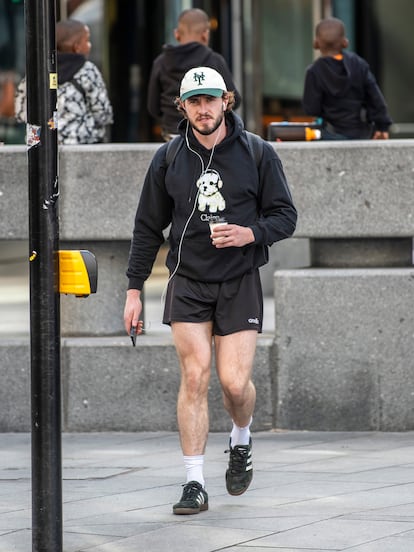
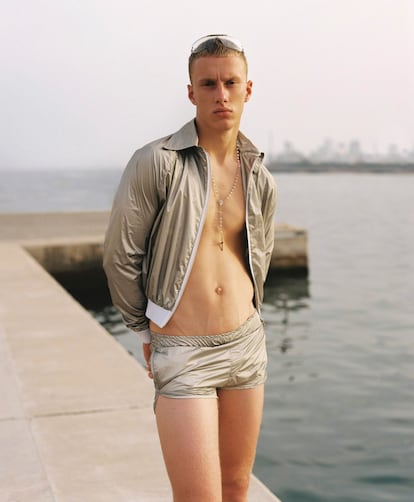


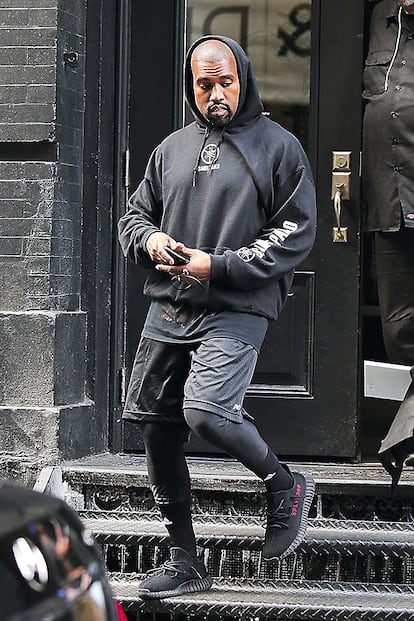
To understand why short pants have been traditionally associated with bad taste, one must turn to a tale of Puritanism, class struggle and chance. Up until the French Revolution, the upper-class masculine outfit of choice involved breeches, typically complemented by stockings. The use of long pants was limited to the lower classes, thus giving rise to the term sans-culotte. Later, with the rise of the bourgeoisie, ankle-length pants became the default look in all but a few cases. Colonialist British troops adopted the beige cotton Bermuda short as part of their uniform in order to combat high temperatures and humidity. The other context in which the short pant was acceptable had to do with another uniform, that of schoolboys. Again, the British influence was key, as the country’s private schools had adopted the garment as part of their dress code. Letting your ankles see the sun, regardless of the season, was reserved for children, who were exempt from adult rules of comportment, turning the moment of adding fabric to one’s legs into a rite of passage to maturity. As opposed to breeches, the association of shorts with childhood has lasted to this day. As such, their ties to rebellion make sense: many rock stars, perhaps calling on the sartorial legacy of such typically adolescent pursuits as skateboarding, now opt for sagging and cut-off pants. Several 1980s musical groups shared an affinity with the gay community for the shortest and tightest shorts money could buy.
Carlota Barerra, one of the few Spanish women designers of men’s fashion, goes a bit further in her analysis: “On one hand, short pants bring us back a bit to the school uniform, but I think there’s also that part of traditional masculinity in which men don’t show skin, something that is related more with women.” Barrera designs shorts in different versions, from designs that are “very short, very based in the ‘70s and more associated with the feminine world, to others made of wool that are knee-length, that play on the concept of tailoring.” Another designer who has revindicated the use of short pants in their collections is Archie Alled-Martínez. “I began to use the more sporty style as a touchstone of the queer community, and I liked that they were an affirmation, that is to say, that they were as short as they needed to be. My tailor, in fact, calls them panties,” he laughs. His perspective on short pants and their use is free of prejudice: “I think that you have to celebrate diversity, not only that of bodies, but also when it comes to not talking so much about other people’s decisions.”

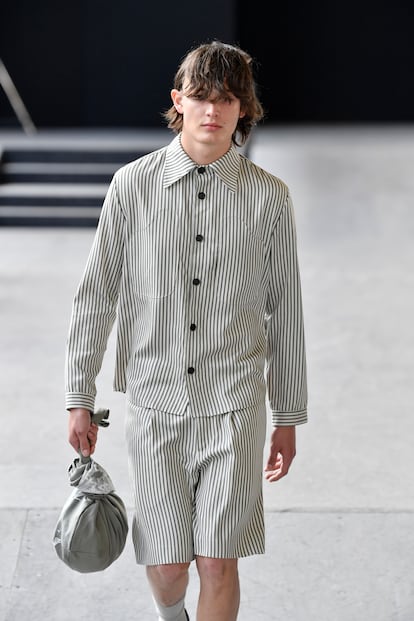
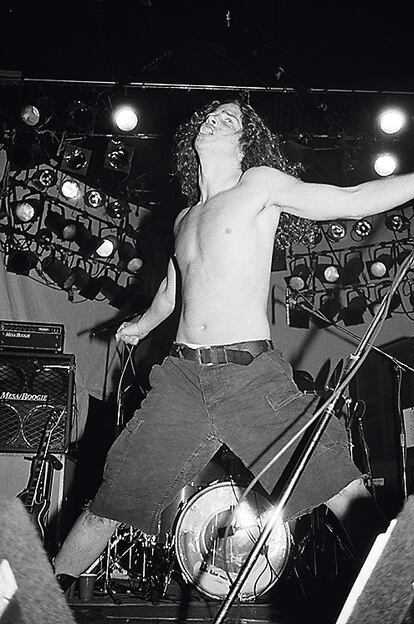
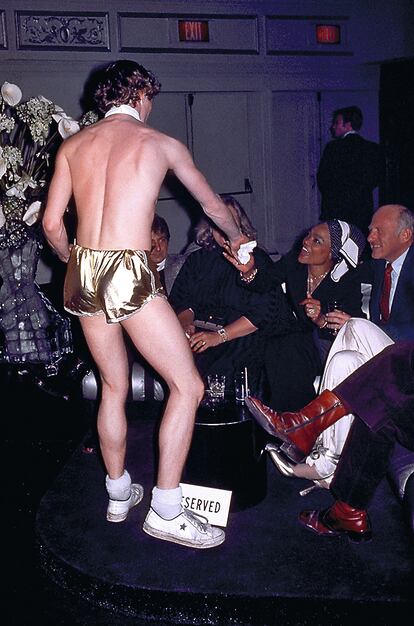
Fashion breaks stereotypes, and film and music stars are daring to wear short pants in traditionally banned situations. But what about the real world? Airing out one’s knees at work or at a social event can still provoke a call to human resources or jokes at one’s expense. Still, this is beginning to shift. “I believe that it is changing, because the people who cause change in all areas are creative people,” points out Barrera. Alled-Martínez dares to dream: “Since the use of cars is falling and that of bicycles is rising, people will probably begin to go to work in short-shorts.” At the moment, he advised a less daring look: “I would grab the typical formal pant that makes your ass look good and cut it up, literally. So that it looks like it’s unraveling, too. That way you can make them as long as you like, period.” Barrera advocates for playing around, mixing them with more formal elements. “I think it’s fun to combine them with something very put-together and elevated, that seems like it doesn’t fit in. With a tailored jacket, a put-together shirt, or perhaps even a smoking jacket. That and some elegant shoes. Wearing a look very put-together so that the garment, which is traditionally more informal, elevates and works.”
The sky’s the limit. But even if you can’t or don’t dare, no worries: we’ll always have vacations.
Sign up for our weekly newsletter to get more English-language news coverage from EL PAÍS USA Edition









































